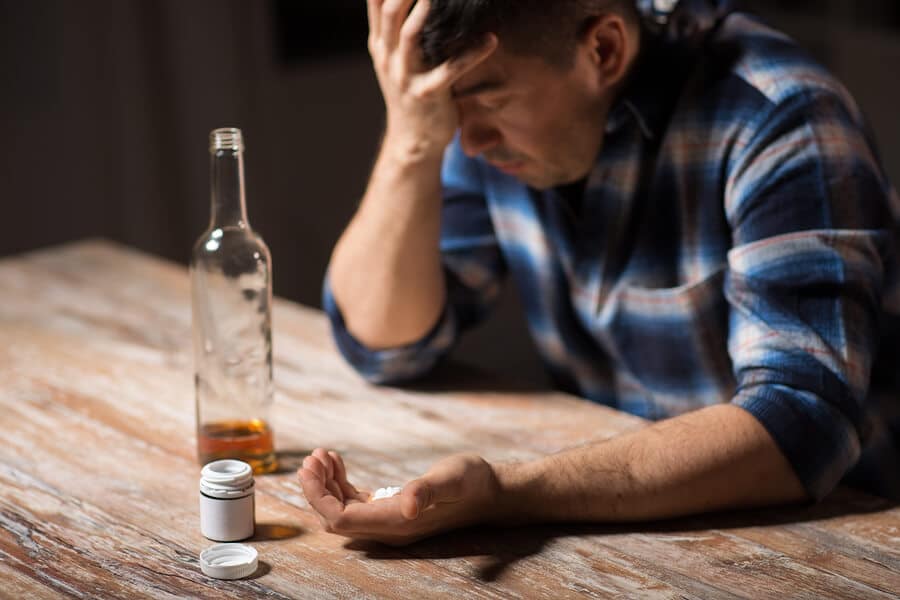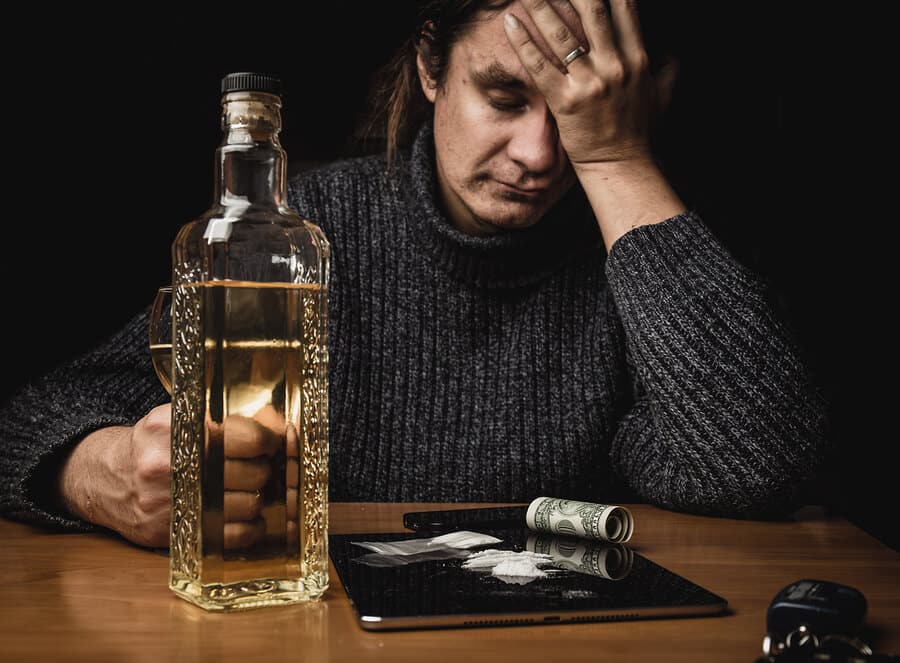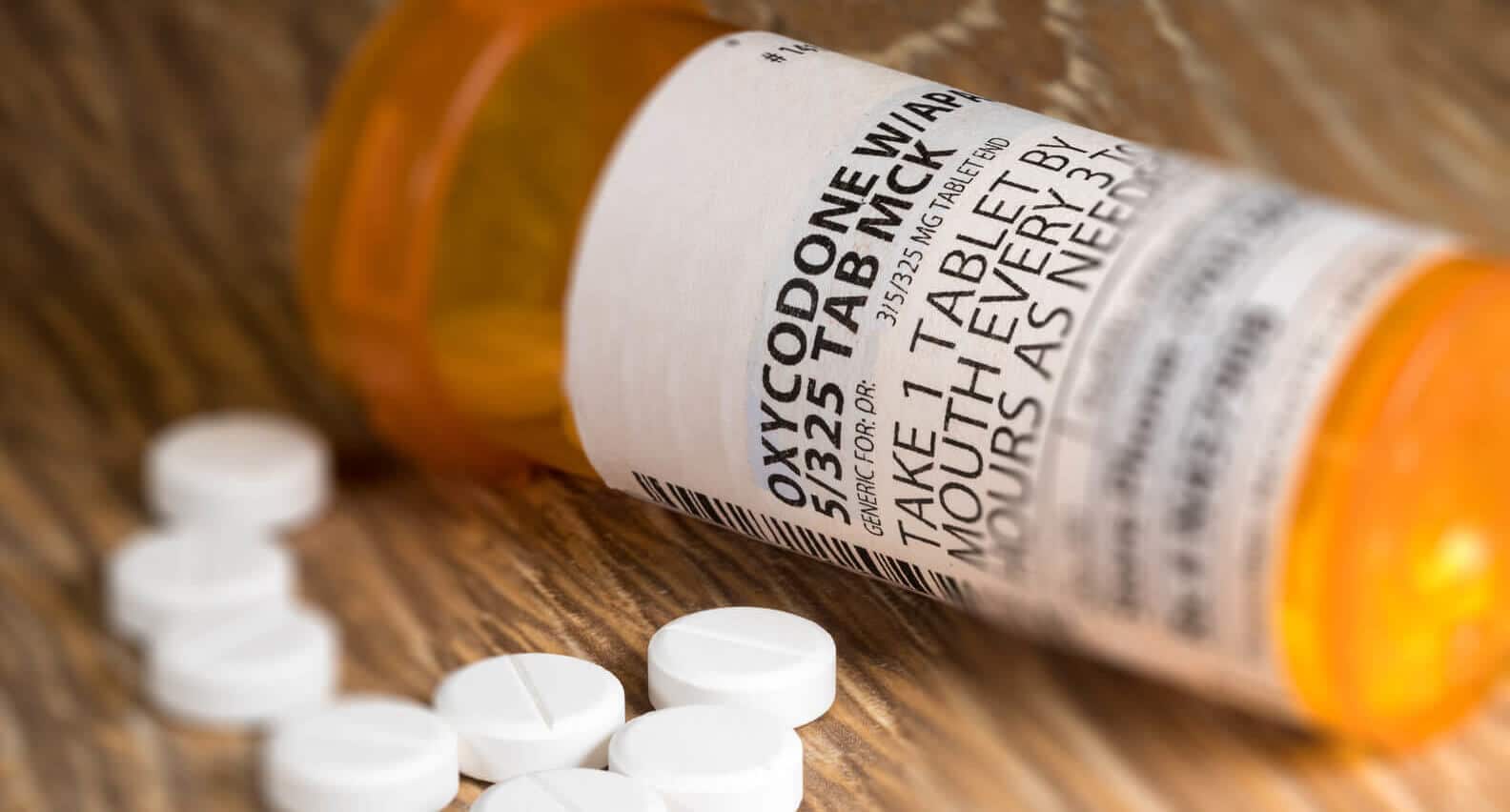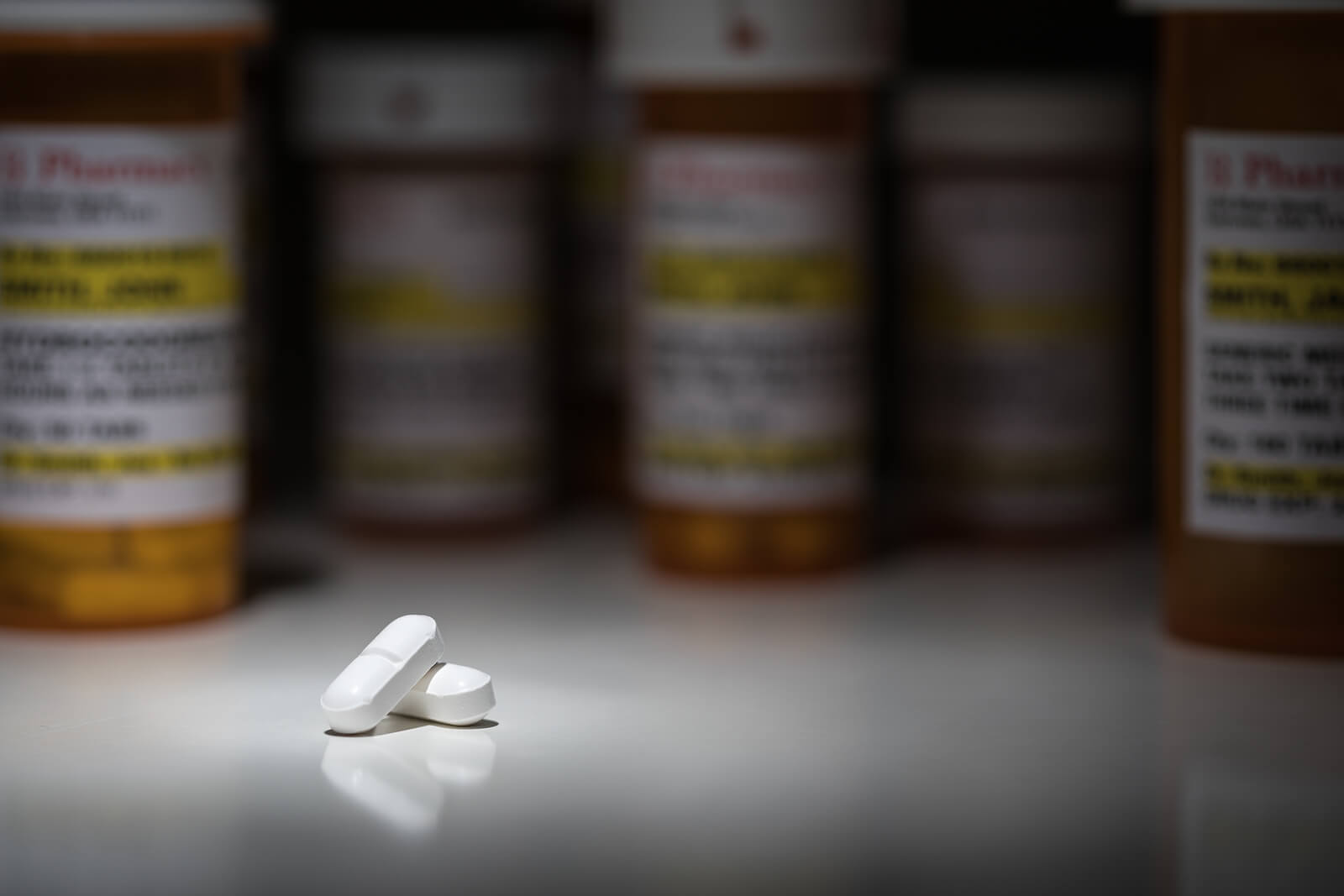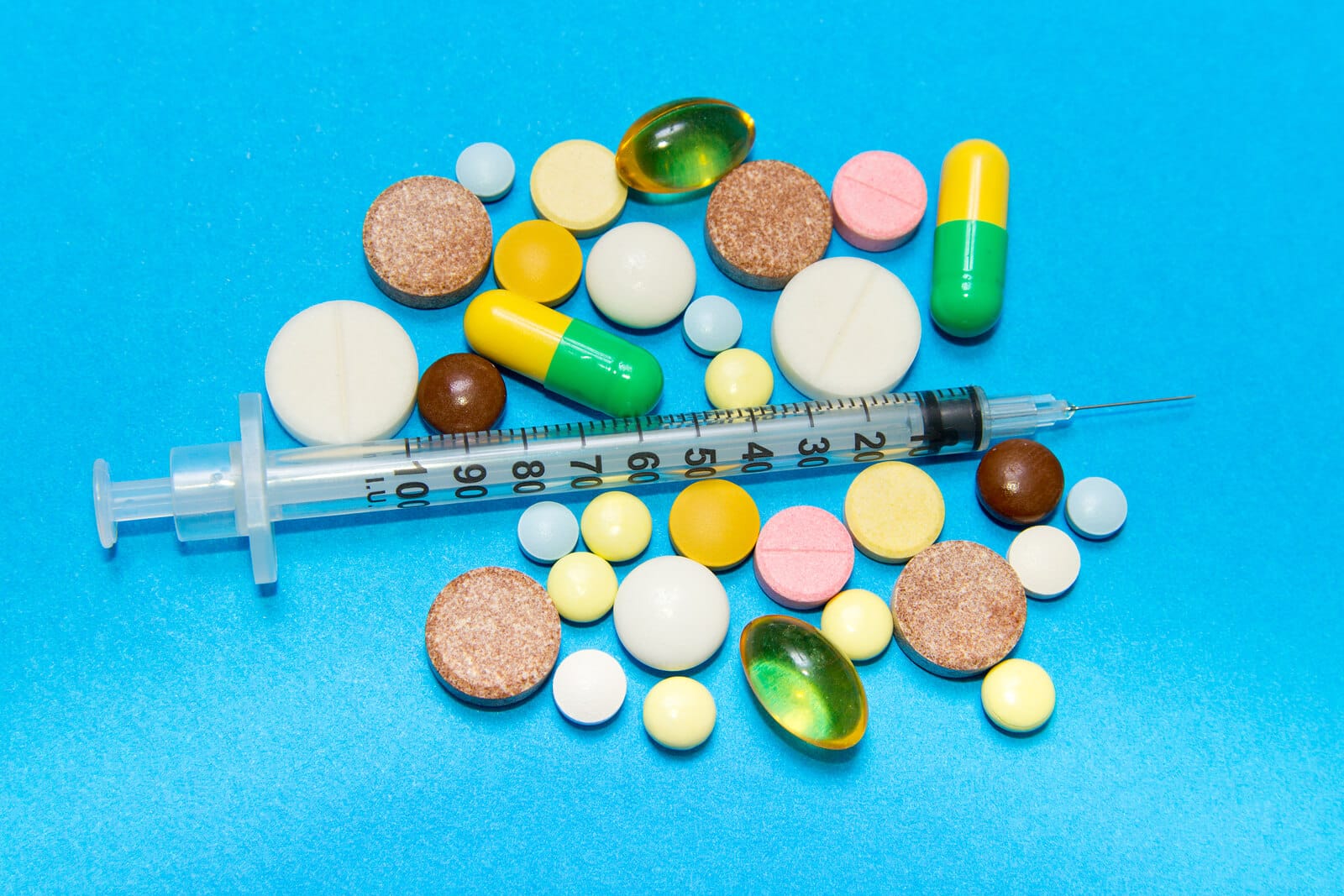
How to Recognize Opioid Overdose Symptoms – Opioid addiction has been increasing dramatically since the early 2000s, meaning that the overdose rate in the U.S. has also been steadily rising to epidemic proportions. In order to save a loved one who is abusing heroin or prescription painkillers from permanent brain damage or death, it’s critical to be able to recognize opioid overdose symptoms.
The World Health Organization (WHO) estimates that more than 69,000 people worldwide die from opioid overdoses each year. Only through prevention, education, and treatment can we begin to curb this trend, and being able to identify an opioid overdose in progress may help prevent those addicted from becoming grim statistics.
What is an Opioid?
According to the National Institute on Drug Abuse, “opioids are a class of drugs that include the illegal drug heroin, synthetic opioids such as fentanyl, and pain relievers available legally by prescription, such as oxycodone (OxyContin®), hydrocodone (Vicodin®), codeine, morphine, and many others.”
Due to the addictive properties of these drugs, it is easy to become dependent on them, especially when a person is not using them as prescribed under medical supervision – in the case of heroin and other illicit opioids, this is never the case.
By prescription, these drugs are given to people who have suffered a severe injury, underwent surgery, or, in some cases, experience chronic pain due to cancer or an end-of-life condition.
How Do Opioids Affect the Brain?
Opioids attach to specific receptors in the brain that help block pain signals and induce feelings of relaxation. Opioids are a staple of modern medicine and are indispensable for managing acute pain or helping individuals suffering from serious conditions to feel more comfortable. Problems can arise, however, when people take too much too often or begin to use the drugs for non-medical purposes such as to experience a high.
How to Recognize Opioid Overdose Symptoms
There are several revealing signs that a person is experiencing opioid overdose symptoms, including the following:
- Slowed, labored, or stopped breathing
- Bluish tint around fingernails or lips (cyanosis)
- Pinpoint pupils
- Vomiting
- Inability to be roused from sleep/unresponsiveness
- Slow or irregular heartbeat
- Cold, clammy skin
- Unusual paleness
- Extreme moodiness
- Confusion or drunken behavior
If you encounter a person experiencing these symptoms, contact emergency medical services immediately because the person’s life is in imminent danger. An opioid overdose can quickly result in death, so every second counts.
How to Help Someone Who is Having an Overdose
Although you should immediately call 911 if you identify that someone is having an overdose, there are steps you can take to help the person until emergency personnel arrives.
If the person is unconscious and cannot be roused, roll him or her to one side – this prevents the person from inhaling and asphyxiating on their own vomit while unconscious. If the person is still conscious, attempt to keep the person responsive and don’t let him or her fall asleep. Because these drugs impede breathing functions, allowing a person in the throes of an overdose to fall asleep can lead to life-threatening central nervous system and respiratory depression.
Never leave the person unattended if at all possible – a conscious person suffering an overdose will be incoherent and may put themselves in danger, and an unconscious person may stop breathing entirely. If you leave them alone, you won’t be able to administer rescue breathing if needed.
There is a medication that reverses an opioid overdose known as naloxone, which has been used for years by first responders and in emergency departments. Due to the frequency of overdoses in the U.S., this drug has become available over-the-counter without a prescription in most major pharmacy chains.
Naloxone is found in the form of a nasal spray or an injectable liquid and can offer the person suffering an hour’s reprieve from opioid overdose symptoms. This action does not halt the overdose permanently, so regardless, it is critical to contact emergency responders who can administer additional lifesaving medical treatment to the person.
In the aftermath of an overdose survivor, the person will likely benefit from opioid addiction treatment to help prevent further use of heroin or other opioids.
Treatment for Opioid Addiction
Opioid addiction is a destructive disease that adversely affects the health and mental well-being of those suffering, and profoundly impacts the people who love them. Fortunately, opioid addiction is treatable, with long-term, comprehensive approaches being the most effective according to clinical studies.
Our center offers evidence-based treatment that includes services critical to recovery, such as behavioral therapy, counseling, education, and group support. These services are delivered by caring staff who specialize in addiction and provide clients with the tools they need to remain sober and enjoy long-lasting recovery and wellness.
Let us help you regain your life and experience the harmony and happiness you deserve – contact us now to find out how we can help!
